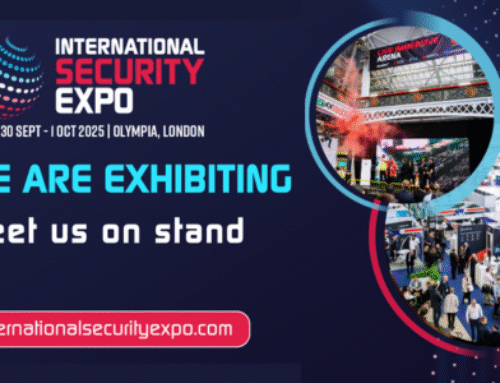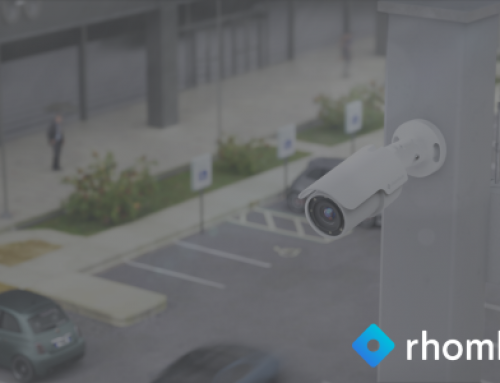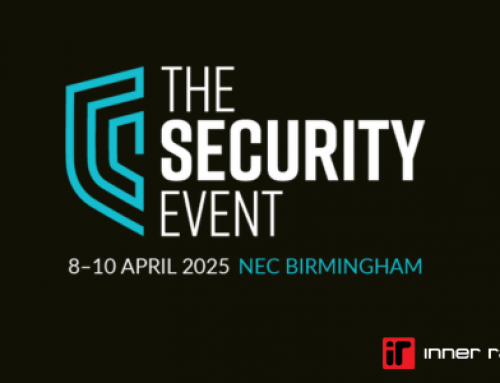We’ve all heard the stats about data and its exponential growth over the last few decades. In 2010, we created 2 zettabytes of data. In 2020, that figure didn’t double, or treble… it increased by 3,000% to 64 zettabytes. Now, another five years later and we’re on track to generate 181 zettabytes (that’s about 402.74 million terabytes every day).
Now, as we entrench ourselves in the world of generative AI, those figures will be skyrocketing even more. And that means more places to store and process all these gazillion bits and bytes of data. Unsurprisingly, according to McKinsey, the need for more data centre capacity could more than triple by 2030. Which means more data centres being built (both colocation and hyperscale sites), and existing sites upgraded and retrofitted where possible to keep up with demand.
The challenge – apart from connectivity, cooling and energy – is security. Just as the way we use and generate data has evolved, so too has data centre security. It is no longer just about access control, but encompasses the entire ecosystem of the data centre site, from the accessing the site to effectively managing those other challenges like connectivity, cooling and energy.
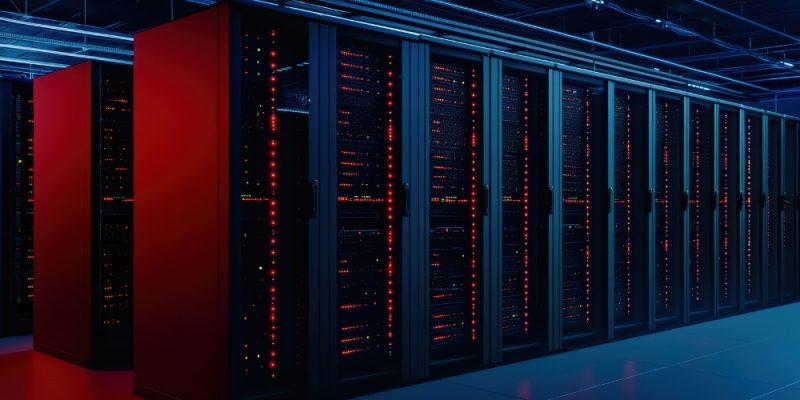
More visibility – more security
Given the role that data centres are now playing in society, business, the economy, they have been classified as critical national infrastructure (CNI) in the UK which only adds to the evolving complexity of site security and highlights its importance.
Data centres used to be discreet sites tucked away in out of the way places (or in the middle of cities – London currently hosts more than 170) featuring no signage or anything that advertised what they were. As public awareness grew and as more were being built, the data centre has been placed firmly in the spotlight. And that’s not just hyperscaler sites like AWS or Google, but mid-market enterprise and colocation sites. While more visibility is needed within the sites themselves, they too are more visible. Hence the need for more comprehensive physical security, from crossing the perimeter to gaining access to the site and individual data halls.
What then does enhanced data centre security look like?

The fundamentals – access control & intrusion detection & CCTV
End-to-end security begins with the basics. For data centre security, this begins at the perimeter with fencing and access controlled gates. Once on-site, vehicles can be monitored with CCTV and associated systems such as ANPR to identify visitor vehicles.
Access control for visitors, customers and staff can include access cards, mobile credentials and biometric credentials, such as fingerprints or facial recognition. Integriti – Inner Range’s suite of products that enables the construction of a fully integrated high security system – offers an efficient way to manage and control access, whether that is issuing temporary credentials to visitors or managing credentials for customers, or tracking the movement of any user throughout the site.
All our Inner Range access control products include intruder detection systems certified as Grade 3, according to European Standard EN50131-1. In addition, our Integriti system can comply with IEC-60839-11-1 Edition 1.0 2013-05 Security Grade 4, which specifies minimum functionality, performance requirements and test methods. It applies to components and systems used to control physical access for security purposes and includes requirements for logging, identification and control of information.
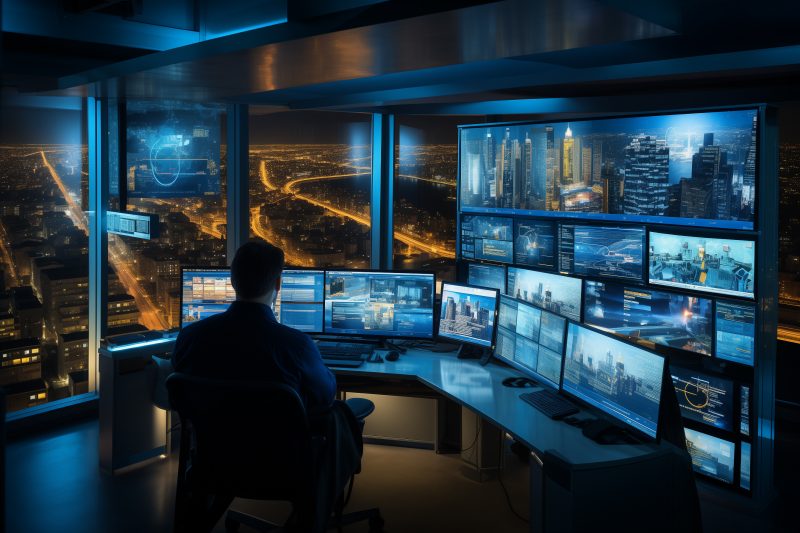
Multi-layered
The keyword for the modern data centre when it comes to security – layered. As with cyber security, the more holistic approach, the better. With different, multiple controls at different levels, the data centre is comprehensively covered. If one level or layer fails, there will be multiple other layers to ensure no damage is done. For example, there are lower levels of security in public spaces (like reception, guest lounge, etc) and higher levels of security in the individual data halls or cabinets. Gaining access to those public areas might need an access card, while moving to higher security areas visitors would need to present something else, such as fingerprint or iris scan, or some other form of biometric credential. If a bad actor gains access to a public area via a stolen card, for example, they won’t be able to go any further.
In a multi-tenanted environment, this approach is crucial to accommodate the different levels of security and access needed by customers. For example, companies that access their data halls on a regular basis, their staff need the right credentials that must be maintained and kept up to date, ensuring onboarding of new staff and offboarding of existing staff is done quickly and efficiently.
Smart buildings, smarter data centres
The surge in smart buildings – whether for enhanced security or sustainability practices – has also influenced the data centre environment. In addition to ‘normal’ office-like requirements such as lighting, heating and air-conditioning, the data halls themselves need constant environmental and energy monitoring. A comprehensive security ecosystem should include the means to keep an eye on HVAC systems, and receive alerts for power fluctuations or issues, as well as be tied into fire protection systems.
The unified platform approach
Data centre security staff typically need to manage a multitude of systems, from CCTV to access control. Add to the fact they need to deal with visitors, staff and customers managing permissions, monitoring access and tracking traffic throughout the site, a unified platform that brings all elements of security together makes life a little easier.
From tracking visitors into the general areas, to enabling access for customers into specific data halls and cabinets, managing this through a centralised system, like Integriti, adds to operational efficiency, but also boosts security.
Integration matters
Data centre sites – whether newly built or undergoing revamping – typically comprise a number of security systems, as mentioned, from ANPR and perimeter fence systems, to building management and CCTV. As a result, having a unified platform such as Integriti that enables these integrations with other systems can save significant time, money and improve overall efficiency and security. Sophisticated access control systems act as core security management systems, integrating all other third-party systems so everything is controlled from one platform and can interact as needed. For example, an alarm or alert can trigger CCTV cameras and extra lighting to come on, or freeze credentials and block people entering or exiting the site.
The Integriti Encrypted High Security system consists of a suite of products which, together provide all the elements necessary to build a fully integrated high security system that provides complete end-to end data encryption. Ideal for high-security sites such as data centres, Integriti includes a host of integrations developed and supported by Inner Range.
Conclusion
Data centres are playing an increasingly important role in modern life – social, business and as critical national infrastructure. More sites are being built to cope with capacity demands (and existing sites are upgraded) which necessitates a robust, multi-layered security approach that extends far beyond traditional access control. As highlighted, a truly secure data centre in today’s landscape requires integrating fundamental physical security measures with advanced smart building technologies and a unified management platform. Solutions like Inner Range’s Integriti empower data centre operators to navigate this complex security environment, offering end-to-end encryption, seamless integration with diverse third-party systems, and comprehensive control over every aspect of site security. By embracing such holistic and intelligent security ecosystems, data centres can effectively safeguard the vital information they house, ensuring the continued resilience and growth of our digital future.
If you’d like to chat about any of these recommendations or would like to find out more on how Inner Range can help strengthen your physical security posture, get in touch with us today.

